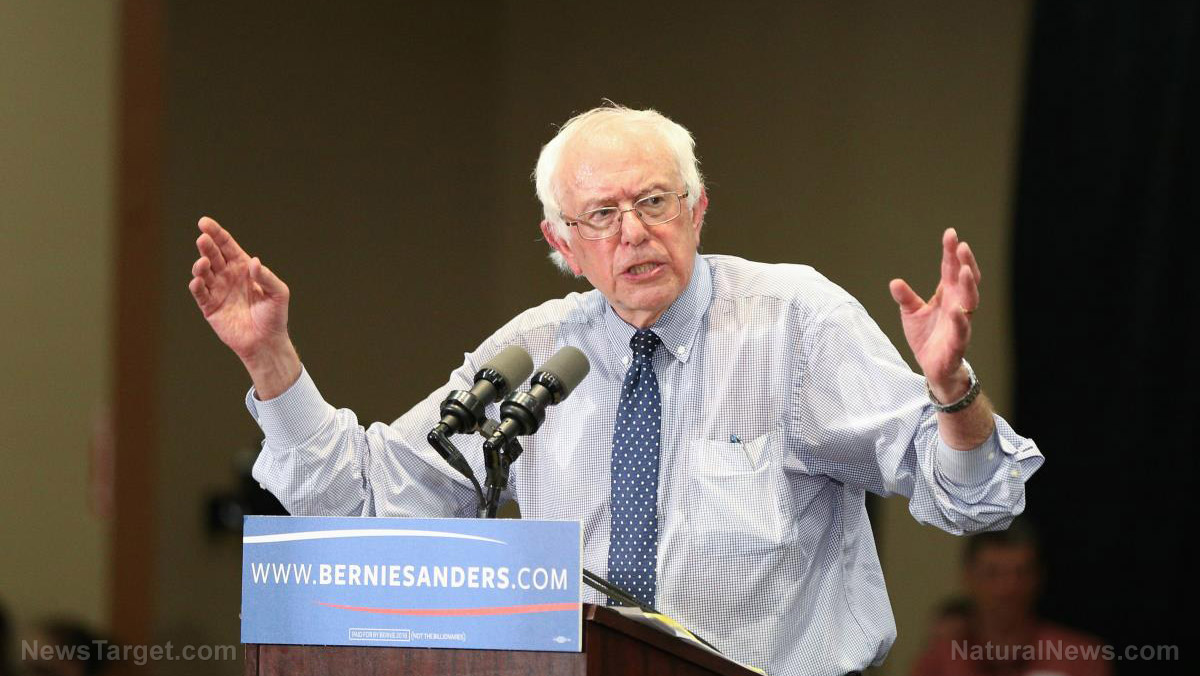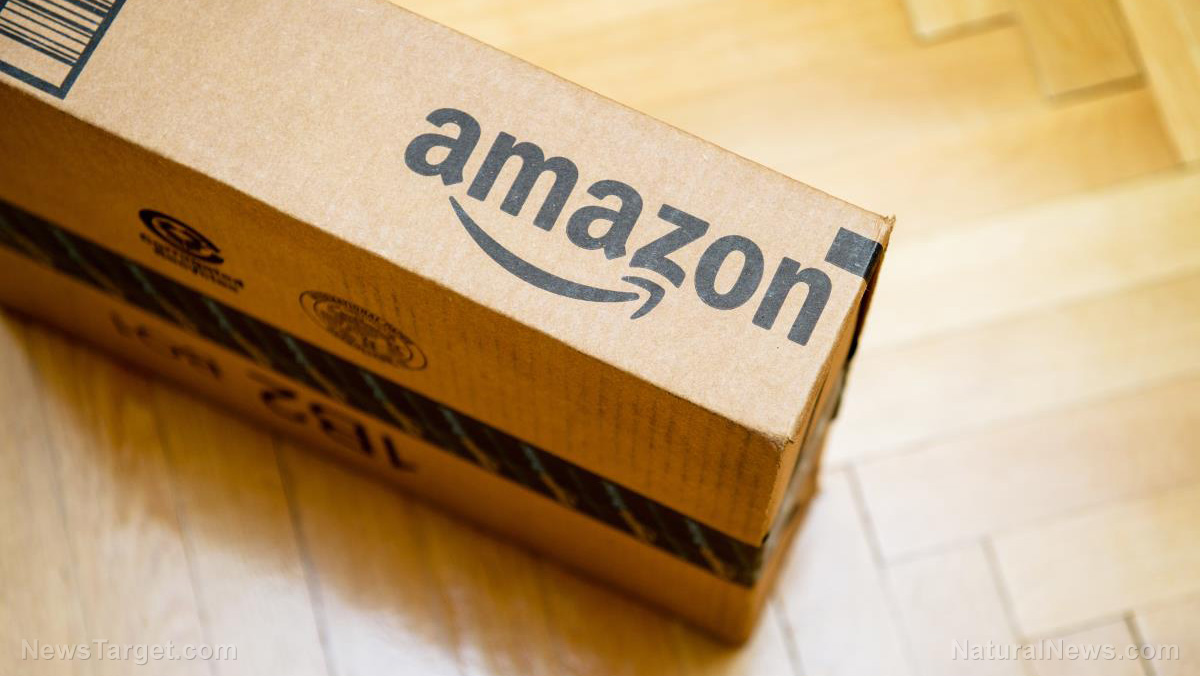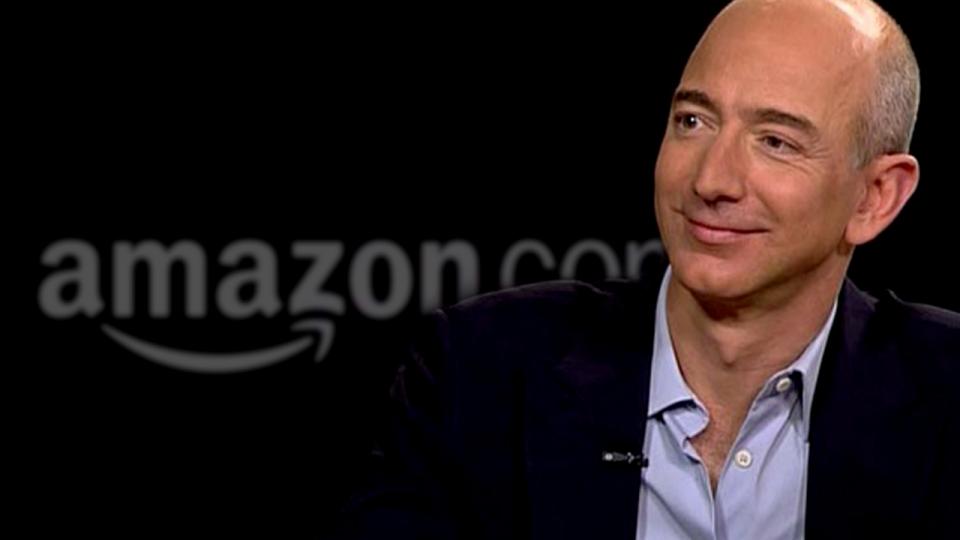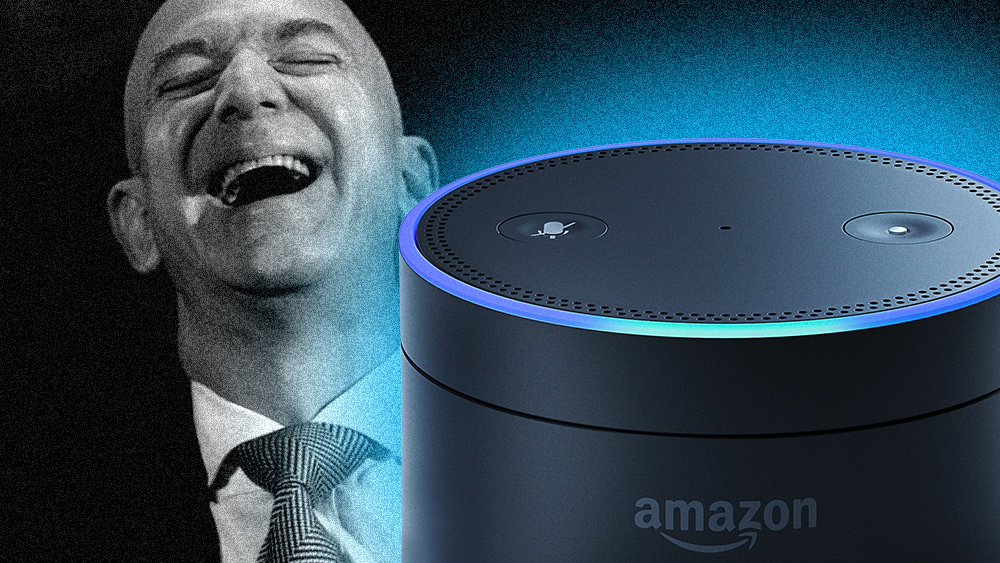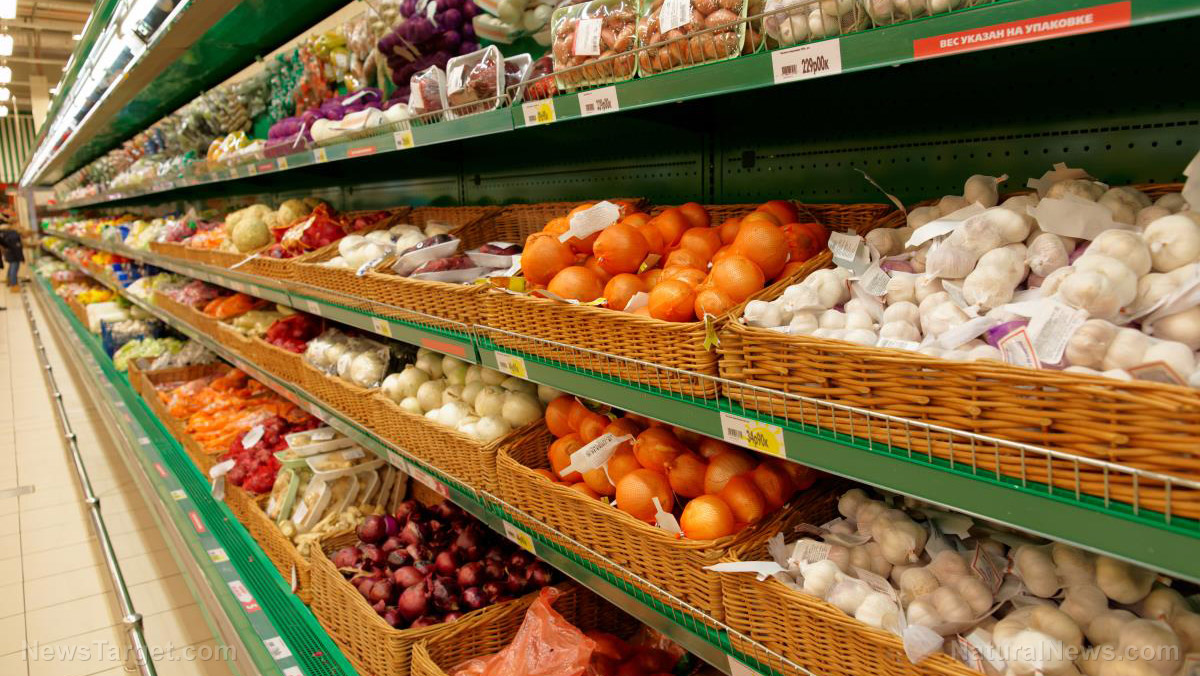
Called Amazon Fresh, the first of these stores was opened to the public in Los Angeles in September last year. The company opened its 11th store on Thursday, March 10, and is working on at least 28 more stores around the United States.
Amazon's second attempt to conquer the grocery industry
Many consider Amazon Fresh to be the tech giant's second major attempt at getting a larger chunk of the $900 billion U.S. grocery industry.
In 2017, the company completed a $13.7 billion acquisition of supermarket chain Whole Foods. A report by Cowen and Company showed that only 12 percent of U.S. shoppers bought their groceries online in 2016, but it was expected to grow as most online shoppers were millennials over age 25, a generation that's bound to spend more on groceries over the next decade.
The acquisition was far from a match made in heaven. While Amazon is often associated with great value, Whole Foods has higher prices due to its reliance on more expensive organic goods. At the same time, the supermarket chain lagged behind its competitors in the shift to online grocery shopping. (Related: Are we witnessing the fall of Whole Foods?)
Whole Foods cut its prices, added online ordering and implemented benefits for Amazon Prime members, but struggled to totally reinvent itself. The expected dominance by Amazon in grocery sales, both online and off, has not been realized.
Industry experts said the new stores will allow Amazon to corner a broader group of American shoppers. Amazon Fresh can target the lower-income shoppers while Whole Foods can have the more affluent shoppers.
Leveraging tech to be more competitive
Compared to Whole Foods, Amazon Fresh is very much a mainstream store, featuring an assortment of products that falls somewhere between large supermarkets and small specialists like Trader Joe's.
Its prices are also low. According to Bloomberg, a basket of 30 commonly purchased grocery items from a Chicago-area Amazon Fresh was competitive in terms of the price with stores like Walmart while actually undercutting the Albertsons-owned Jewel-Osco.
The reason Amazon is able to keep its prices competitive with Amazon Fresh is that the stores are likely cheap to launch and even cheaper to run, according to grocery analysts. This is important in an industry known for its low margins.
"In order for them to have a chance of growing market share in grocery, they had to cover their flank" among price-conscious shoppers, said David Bishop, a partner with grocery consultancy firm Brick Meets Click, which conducted the pricing analysis for Bloomberg. "The store tends to be more functional, as opposed to inspirational."
Another factor helping Amazon Fresh stores keep the prices low is their greater reliance on Amazon's technology, with some locations testing what the company called the "Just Walk Out" cashier-less shopping technology. This helps the stores cut down on the need to pay staff.
Amazon's vast data-gathering capability also played a huge role in the initial success of Amazon Fresh. The company analyzed the density of Prime members per zip code to help determine where to put up the stores, instantly giving them many potential customers.
In addition, the company also used the data to analyze shopping habits and sketch out a list of 15,000 products to fill store shelves.
But whether this strategy can finally help Amazon achieve the dominance many had predicted years ago is still uncertain. Amazon Fresh faces plenty of competition in the grocery industry. Other companies are also making aggressive moves. For example, Aldi plans to open 100 stores in the U.S. this year alone.
As such, some remain skeptical of Amazon Fresh's chances, especially with only 39 stores in the works. According to analysts, to make a significant impact at a company already worth $1.5 trillion, the new chain will have to, at a minimum, exceed Whole Foods' roughly 500 stores.
"If you would have asked me three years ago, where they would have been today in grocery, I would have expected a much bigger buildout, much more aggressive advancement," said consumer trends analyst Matt Sargent of Sargent Up North.
Follow JeffBezosWatch.com for more news related to Amazon.
Sources include:
Please contact us for more information.

















